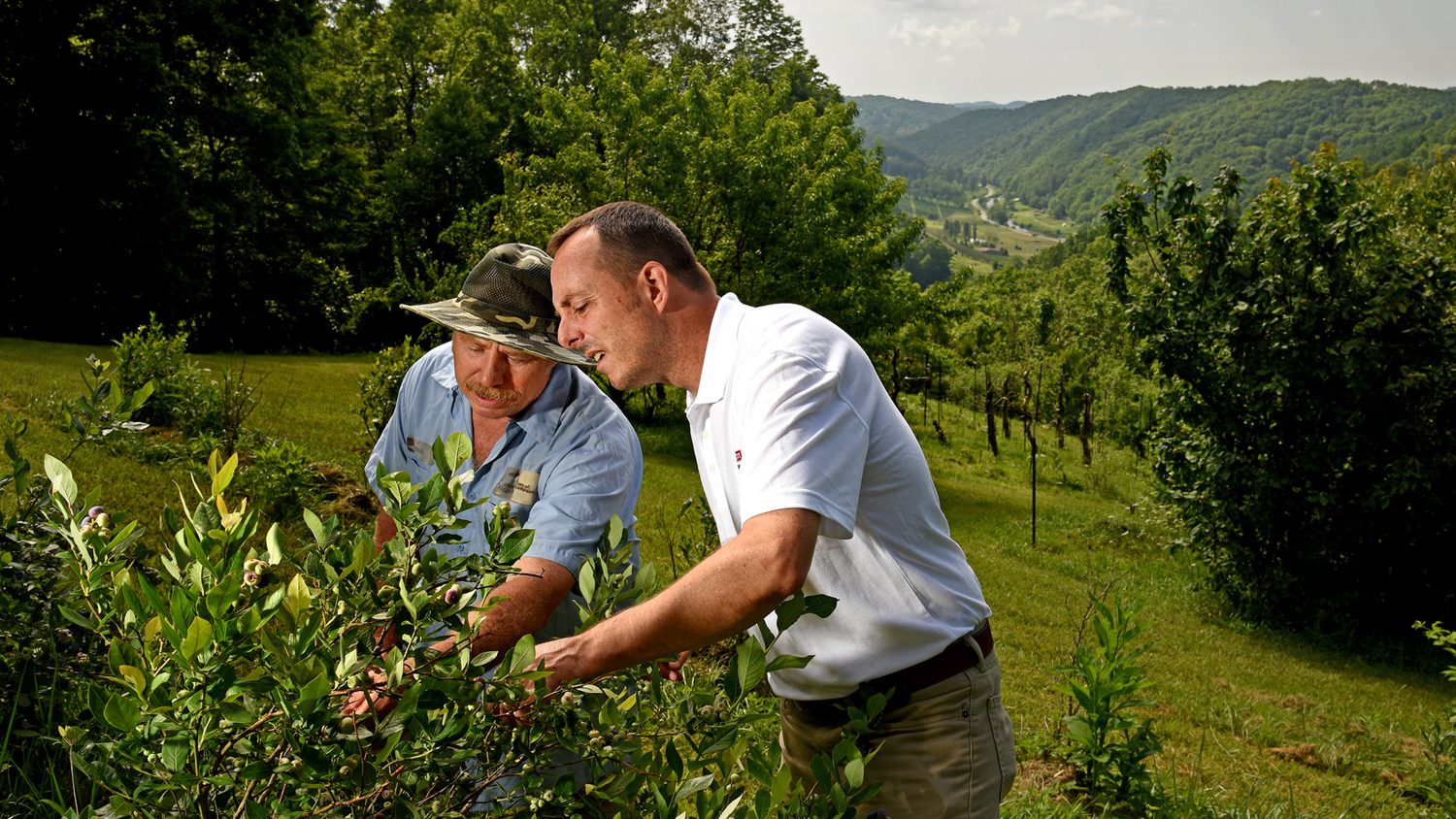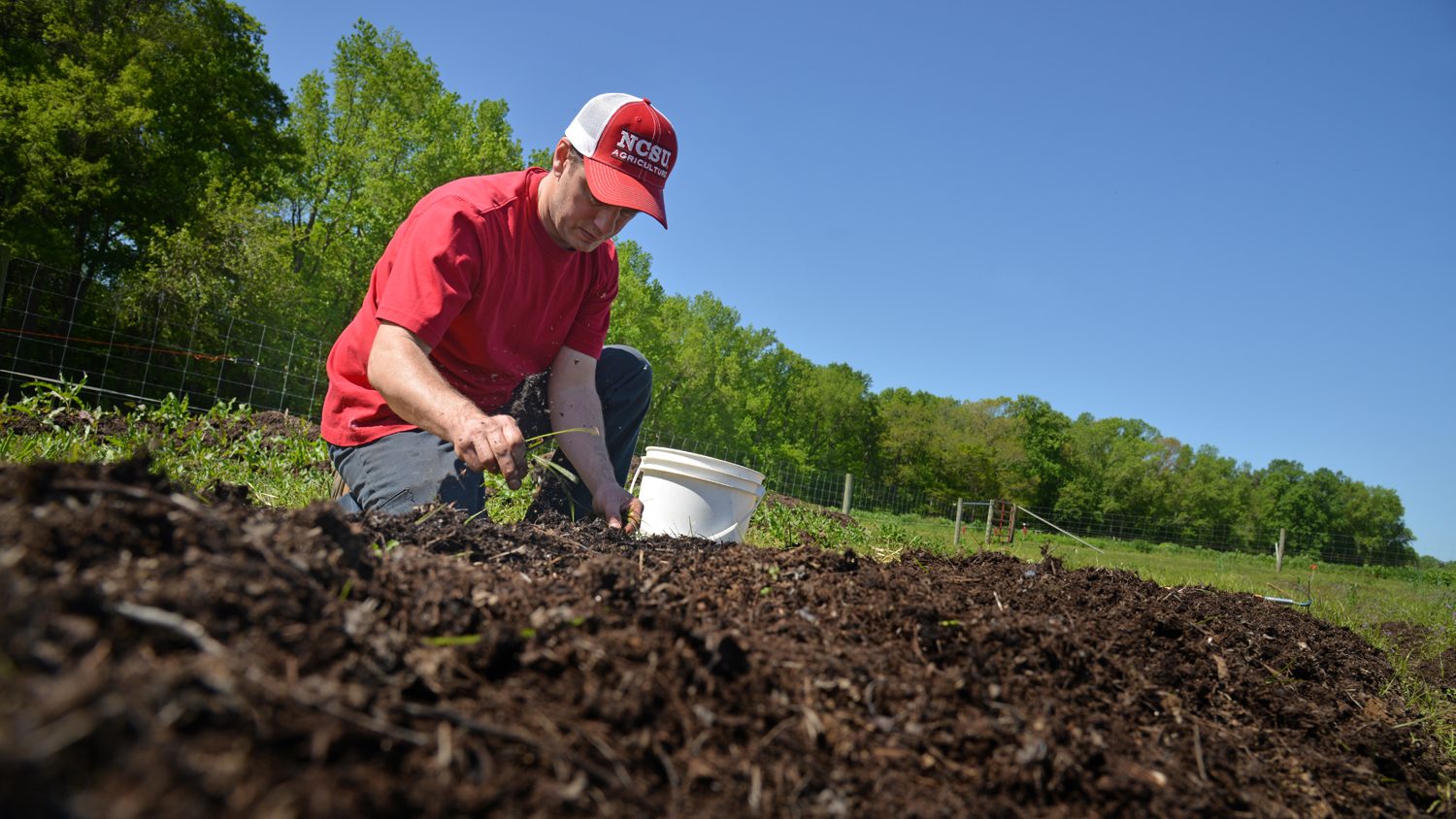North Carolina has a diverse turfgrass industry totaling 2,007,100 acres. Turfgrasses are maintained at single family dwellings, roadsides, parks, commercial properties, churches, golf courses, schools, airports, institutions and cemeteries. In comparison, major agronomic crops such as soybean, cotton, corn, wheat, flue-cured tobacco and peanut are planted on 1,415,000, 810,000, 770,000, 680,000, 200,000 and 115,000 acres, respectively (Brown 2000; NCDA&CS Statistics 2000).
Twelve turfgrass species are utilized in North Carolina and include tall fescue (the most common species, covering 742,600 acres), bermudagrass (the second most common species, covering 246,873 acres), fine fescue, centipedegrass, Kentucky bluegrass, bahiagrass, annual ryegrass, perennial ryegrass, zoysiagrass, carpetgrass, bentgrass and St. Augustinegrass. North Carolina turfgrass managers depend on synthetic herbicides, insecticides, nematicides and fungicides to control various pests within these species due to the limited availability of cultural control methods such as crop rotation, host plant resistance and cultivation. In 1994, $41,973,000 was spent on pesticides for turf maintenance (Chaffin et al. 1995).
The North Carolina State University turfgrass faculty serve the entire turfgrass industry by evaluating new and existing cultivars, production practices, fertility systems and pest management systems including weed, insect and disease management. Turfgrass production and management programs are constantly being created or updated and improved as a result of these research efforts. The faculty utilize this new information by teaching and training future and present turfgrass managers through courses along with lab exercises, seminars and professional meetings.
To find out more, also visit:
The Center for Turfgrass Environmental Research and Education (CENTERE)

